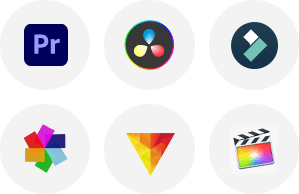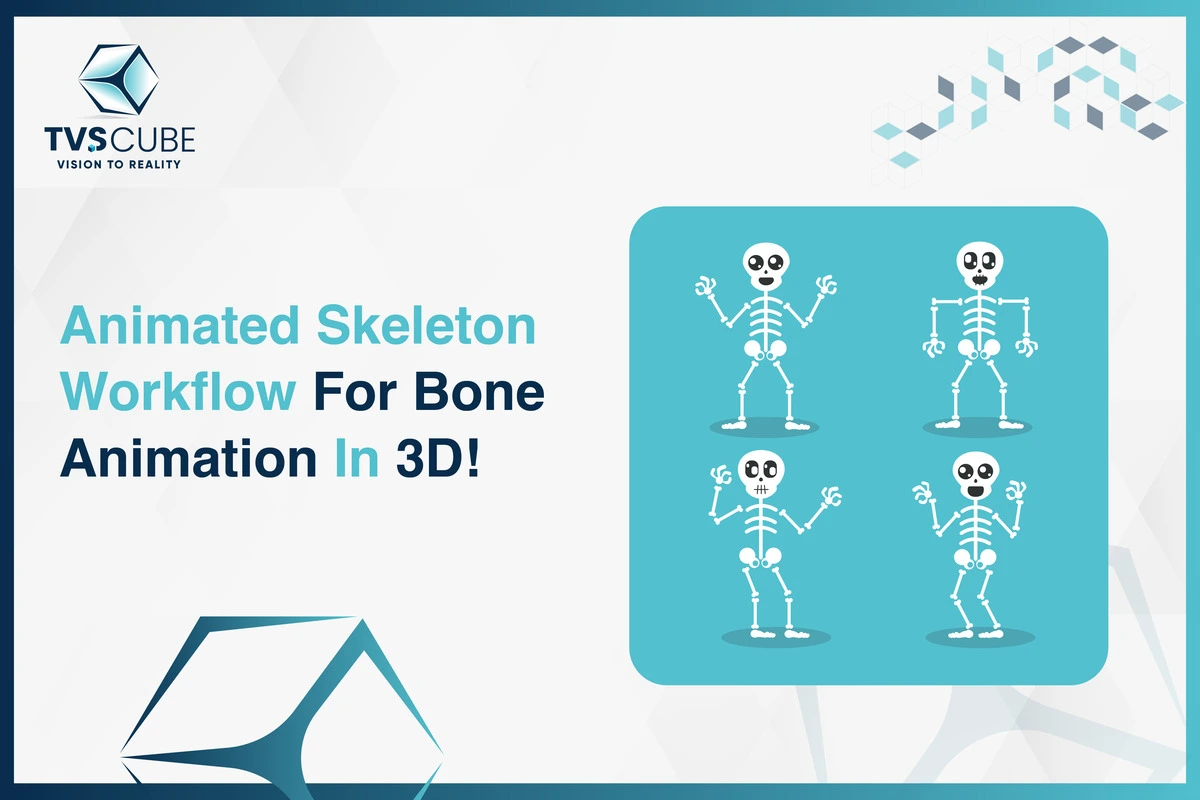“This blog explores the future trends in 3D product modeling for businesses, highlighting the transformative potential of advanced technologies like AI, real-time rendering, and augmented reality. It discusses how these innovations will streamline design processes, enhance customer engagement, and help businesses stay competitive in an evolving market.”
Are you ready to take your business to the next level? In today’s fast-paced digital world, 3D product modeling is quickly becoming a game-changer. It’s not just for designers anymore—it’s transforming how businesses develop products, engage with customers, and market their brands. From faster development cycles to more personalized customer experiences and even sustainable manufacturing practices, 3D modeling is set to revolutionize industries. In this blog, we’ll dive into some of the exciting future trends in 3D product modeling and how they can reshape the way your business operates.

Why 3D Product Modeling is Essential for Businesses
Did you know that 3D product modeling can revolutionize how businesses design, market, and innovate? From stunning visuals to cost-effective prototypes, it’s a game-changer across industries. Here’s why!
Enhancing Product Visualization with 3D Product Modeling
3D Product Modeling allows businesses to create lifelike visualizations of products before they are physically manufactured. This is especially beneficial for industries like e-commerce and real estate, where customers need a clear understanding of what they are purchasing. By offering high-quality, interactive 3D models, businesses can improve customer engagement, reduce uncertainty, and increase sales. This advanced visualization also provides teams with accurate 3d product design insights, enabling them to identify potential flaws before production.
Reducing Costs Through Prototyping with 3D Product Modeling
Traditional prototyping methods are often expensive and time-consuming, requiring multiple iterations to perfect a design. With 3D Product Modeling, businesses can create virtual prototypes that are cost-effective and efficient. This technology allows for detailed testing and modification of designs without the need for physical prototypes. By identifying and addressing design flaws early in the process, businesses can save money and resources while accelerating their product development timelines.

Improving Marketing and Customer Experience
3D Product Modeling is revolutionizing the way businesses market their products. High-quality 3D models can be used in advertisements, websites, and even augmented reality (AR) applications, providing potential customers with a dynamic and interactive experience. Customers can view products from every angle, zoom in for details, and even customize features. This immersive experience boosts customer confidence and drives purchasing decisions. As a result, businesses that leverage 3D Product Modeling gain a competitive edge in marketing.
Accelerating Product Development Timelines
The use of 3D Product Modeling significantly speeds up the product development process. Designers and engineers can create and test models digitally, eliminating the need for physical adjustments. Changes can be implemented instantly, ensuring a faster turnaround time from concept to production. This efficiency is crucial for businesses in highly competitive markets where time-to-market can make or break a product’s success. 3D Product Modeling is a game-changer for achieving streamlined development.
Enabling Customization and Personalization
Today’s consumers demand products tailored to their individual needs, and 3D Product Modeling makes customization easier than ever. Businesses can use this technology to create modular designs that allow customers to choose specific features, colors, or configurations. This capability not only meets customer expectations but also fosters brand loyalty. By integrating 3D Product Modeling into their workflow, businesses can stay ahead in the era of personalized consumer experiences, boosting both sales and satisfaction.
Facilitating Cross-Department Collaboration
3D Product Modeling acts as a common language between design, engineering, marketing, and production teams. The detailed models provide a shared visual reference, making it easier for different departments to collaborate effectively. This transparency minimizes misunderstandings and ensures that everyone works towards the same vision. Whether it’s a new product launch or a complex design update, 3D Product Modeling bridges communication gaps and keeps projects on track, saving time and resources.
Enhancing Sustainability Practices
Sustainability is becoming a priority for businesses across all industries. 3D Character Modeling supports eco-friendly practices by reducing the need for physical prototypes and minimizing waste. Virtual testing allows businesses to optimize designs for durability and efficiency before manufacturing, resulting in less material usage and energy consumption. Additionally, by showcasing realistic 3D models in marketing, businesses can reduce their reliance on physical display units, further lowering their environmental footprint.

Emerging Trends in 3D Product Modeling
The world of 3D product modeling is entering an exciting era, driven by groundbreaking innovations. From AI-powered tools to immersive AR and VR experiences, these trends are reshaping how businesses create, showcase, and sell products. Let’s understand more.
● AI-Driven 3D Modeling
Artificial intelligence (AI) is revolutionizing 3D product modeling by automating intricate processes and reducing the time required to create models. AI tools can generate realistic textures, simulate real-world physics, and even build 3D assets from 2D images. Businesses benefit from these advancements as they enable faster prototyping and improved efficiency, making AI an essential trend in staying competitive in the ever-evolving 3D modeling landscape.
● Real-Time Rendering for Enhanced Visualization
Real-time rendering technology enables businesses to create highly interactive and immersive 3D models. This trend integrates seamlessly with augmented reality (AR) and virtual reality (VR) platforms, providing realistic visuals that adapt to user interaction. From architecture to e-commerce, this innovation helps businesses offer detailed product previews, leading to higher customer engagement and better decision-making processes, while also reducing reliance on physical prototypes.
● Integration of Augmented Reality (AR) and Virtual Reality (VR)
AR and VR technologies are increasingly merging with 3D product modeling to enhance user experiences. AR allows customers to visualize products in their environment, while VR creates immersive virtual spaces for product demonstrations. These integrations are transforming industries like retail, real estate, and gaming, making it easier for businesses to showcase products, provide interactive experiences, and shorten the sales cycle through dynamic 3D visualizations.
● Cloud-Based 3D Modeling Platforms
Cloud-based 3D modeling solutions are gaining traction as they facilitate collaborative workflows and scalable computing power. Teams can work on a shared platform from any location, eliminating the need for high-end hardware. This trend not only reduces infrastructure costs but also speeds up project timelines by enabling simultaneous contributions from multiple stakeholders, driving greater efficiency and innovation in business applications.
● Use of Procedural Modeling Techniques
Procedural modeling is an emerging trend that relies on algorithms to create highly detailed and scalable 3D assets. This method is especially beneficial for generating complex structures like terrains, cities, and materials. Businesses leverage procedural modeling to maintain consistency across large-scale projects, significantly reducing manual labor while ensuring high-quality outputs. Industries like gaming, architecture, and entertainment are adopting this technique for cost-effective production.
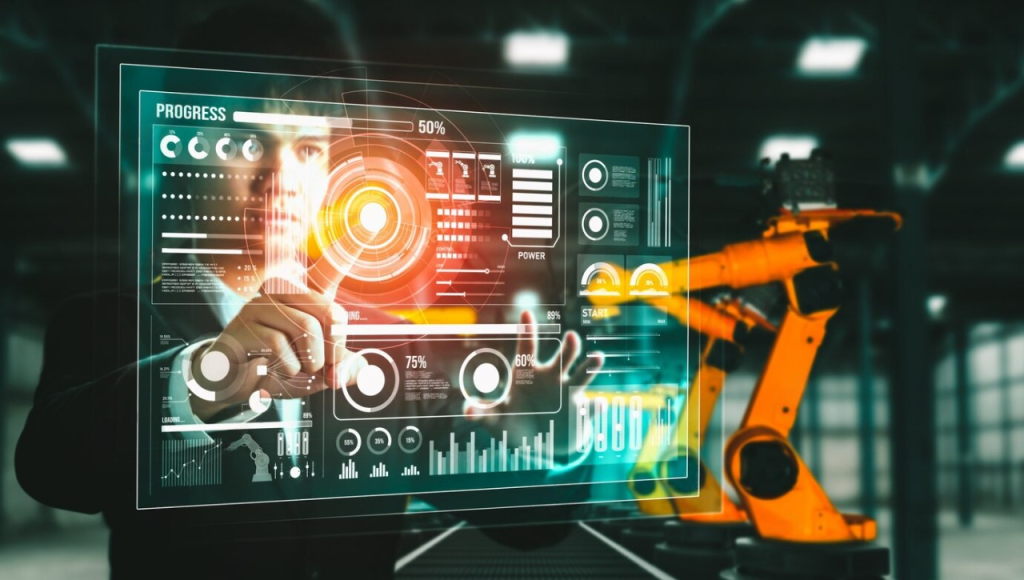
● Sustainability in 3D Product Design
Sustainability is becoming a critical factor in 3D product modeling as businesses aim to reduce their carbon footprint. Virtual prototypes reduce the need for physical samples, while advanced simulations minimize material waste during production. Furthermore, environmentally friendly modeling tools are being developed to align with corporate sustainability goals. This trend helps businesses enhance their brand image and contribute to a greener future.
● Photorealistic Texturing with PBR (Physically Based Rendering)
Physically Based Rendering (PBR) ensures that 3D models look as realistic as possible under various lighting conditions. Businesses use PBR to create lifelike textures, enhancing product presentations and marketing efforts. From e-commerce to gaming, photorealistic texturing improves customer trust and satisfaction by offering an accurate representation of products, making it a pivotal trend for industries focusing on visual appeal.
● Automation in Model Optimization
Automation tools for 3d model product optimization are gaining popularity for their ability to simplify tasks like polygon reduction, UV mapping, and texture adjustments. These tools ensure models perform efficiently in real-time applications such as AR, VR, and gaming. Businesses benefit from streamlined workflows, reduced production times, and improved compatibility across platforms, making automation a key component of modern 3D modeling.
● Blockchain Technology in 3D Asset Management
Blockchain technology is emerging as a secure way to manage and track 3D assets. It ensures transparent ownership, licensing, and usage rights for businesses relying on 3D models. This trend addresses intellectual property concerns and enables seamless sharing of assets across digital platforms. Blockchain-based asset management is particularly beneficial in industries like gaming, virtual fashion, and digital art.
● Customization Through Parametric Modeling
Parametric modeling allows businesses to create customizable 3D designs by adjusting parameters like size, shape, or texture. This trend is driving innovation in industries like furniture, automotive, and fashion, where customer-specific requirements are critical. By enabling mass customization, parametric modeling helps businesses cater to individual preferences while maintaining efficient production processes, creating a significant competitive advantage.

Industry-Specific Applications of Future Trends
Businesses are tapping into 3D product modeling advancement from retail to healthcare to improve productivity, simplify processes, and create more engaging customer experiences. Let’s explore how these cutting-edge technologies shape the future and drive growth in various sectors.
Retail: Personalized Shopping Experiences
3D product modeling is revolutionizing retail by enabling customers to visualize products in lifelike detail. Using AR-powered applications, shoppers can interact with virtual products, from furniture to clothing, ensuring a perfect fit or match before purchase. This approach enhances customer confidence, reduces returns, and increases sales. By integrating 3D product modeling, retailers can provide an immersive and personalized shopping experience that sets them apart in a competitive market.
Real Estate: Virtual Property Tours
In real estate, 3D product modeling is being used to create detailed virtual property tours. Prospective buyers can explore homes, offices, or commercial spaces remotely, gaining an accurate sense of layout and design. These models provide customization options, allowing buyers to experiment with furniture placement or renovations. 3D product modeling not only saves time but also appeals to a global audience, transforming the traditional buying process.
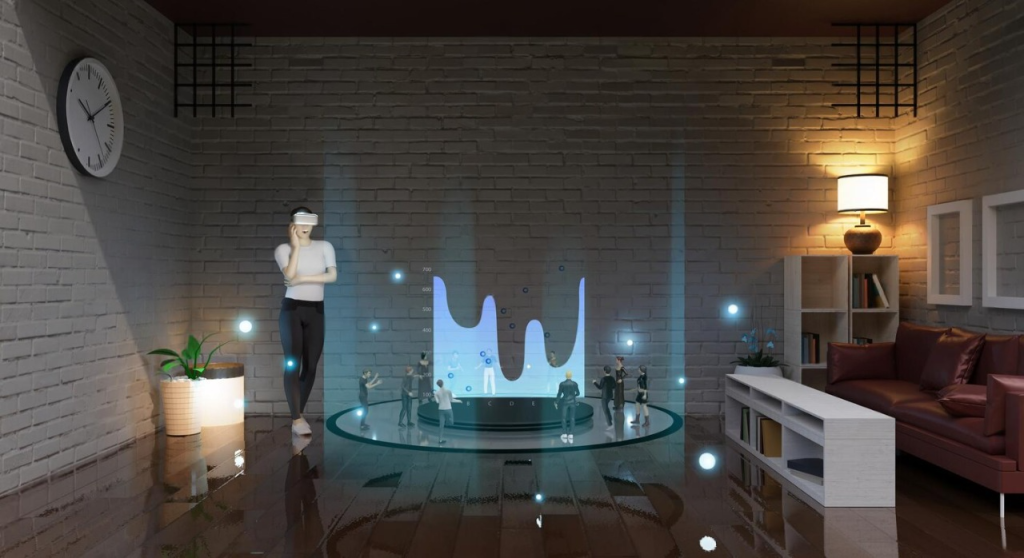
Healthcare: Precision in Medical Devices
The healthcare industry is benefiting from 3D product modeling by improving the design and prototyping of medical devices. High-precision models help manufacturers test functionality and optimize designs, reducing production time and costs. Additionally, 3D product modeling supports custom prosthetics and implants tailored to individual patient needs, enhancing treatment outcomes and pushing the boundaries of personalized medicine.
Gaming and Entertainment: Immersive Worlds
Gaming and entertainment rely heavily on 3D product modeling to create immersive worlds and characters. The trend toward photorealistic rendering and real-time modeling enhances storytelling and user experiences. With procedural modeling and advanced texturing techniques, developers can create vast, lifelike environments efficiently. 3D product modeling continues to shape this industry by pushing the boundaries of creativity and interactivity.
Manufacturing: Streamlined Prototyping
In manufacturing, 3D product modeling is key to streamlining prototyping processes. Virtual prototypes allow businesses to test designs, identify flaws, and make adjustments before production. This reduces material waste and lowers costs. Additionally, parametric modeling enables mass customization, where manufacturers can adapt designs to meet specific client needs, revolutionizing traditional production methods with increased efficiency and accuracy.
Education and Training: Interactive Learning Tools
Educational institutions and training programs are incorporating 3D product modeling to create interactive learning tools. From anatomy lessons to engineering simulations, these models provide a hands-on learning experience without the need for physical resources. This approach enhances comprehension, engages students, and bridges the gap between theoretical knowledge and practical application, making 3D product modeling an invaluable resource for modern education.
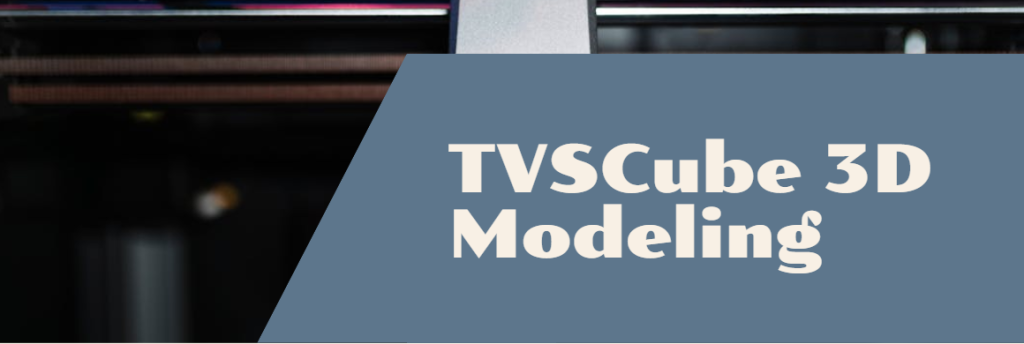
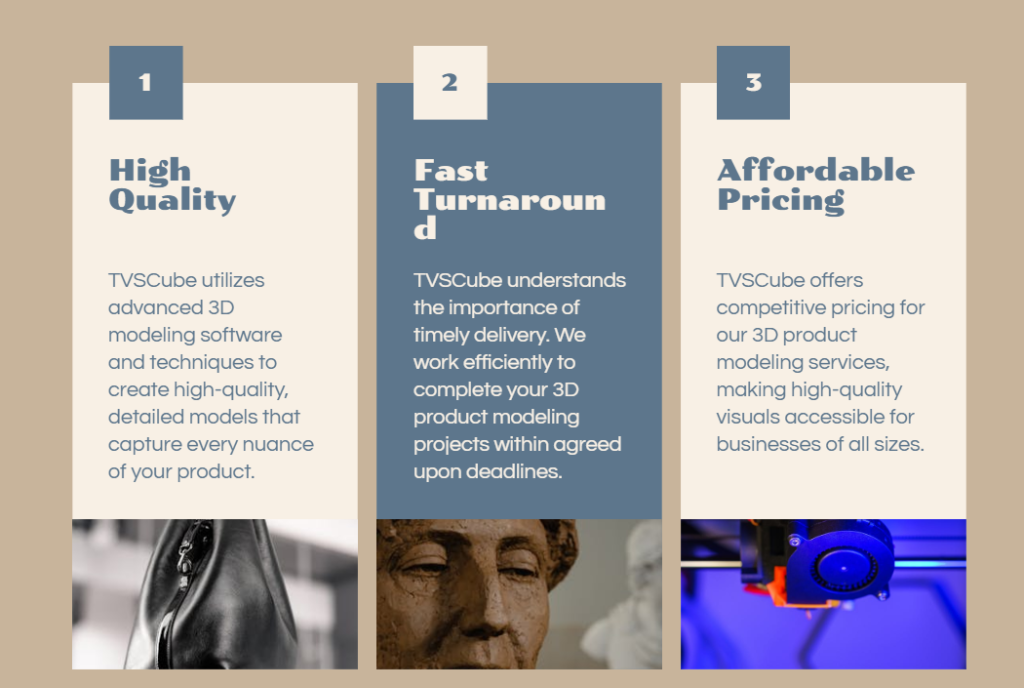
How to Stay Ahead in 3D Product Modeling
In this rapidly evolving field, it’s essential to adopt the latest trends, invest in new tools, and continuously improve skills. Here’s a comprehensive guide on how businesses and professionals can stay ahead in 3D product modeling.
Invest in Cutting-Edge Tools and Software
To stay ahead in 3D product modeling, it’s vital to invest in the latest tools and software. The market is flooded with advanced platforms that provide superior functionality, rendering quality, and flexibility. Software like Blender, Autodesk Maya, and ZBrush offer high-quality modeling, sculpting, and texturing features. Additionally, tools such as Unity and Unreal Engine are essential for real-time rendering and interactive product demos. By adopting these tools, businesses can create more realistic and efficient 3D models, ensuring they remain competitive.
Upgrading software regularly also allows businesses to benefit from improved workflows, new features, and better integration with emerging technologies like virtual reality (VR) and augmented reality (AR). With new advancements in 3D product modeling software, businesses can refine their processes and deliver high-quality models faster and more cost-effectively.
Leverage Artificial Intelligence (AI)
AI is one of the most powerful tools transforming 3D product modeling today. By integrating AI into the modeling process, businesses can automate tedious tasks such as texture generation, model optimization, and even error detection. AI can speed up the design process, reduce manual labor, and improve accuracy in the final output.
For instance, AI algorithms can analyze existing models and suggest enhancements, reducing the trial-and-error phase. Additionally, AI can simulate real-world physics, lighting, and material properties, making it easier to create lifelike textures and photorealistic models. AI-driven tools like NVIDIA’s GauGAN can even generate 3D landscapes and scenes based on simple sketches, offering creative freedom to designers while streamlining the modeling process.
By adopting AI-driven solutions, businesses can save time, reduce costs, and gain a competitive edge in 3D product modeling.
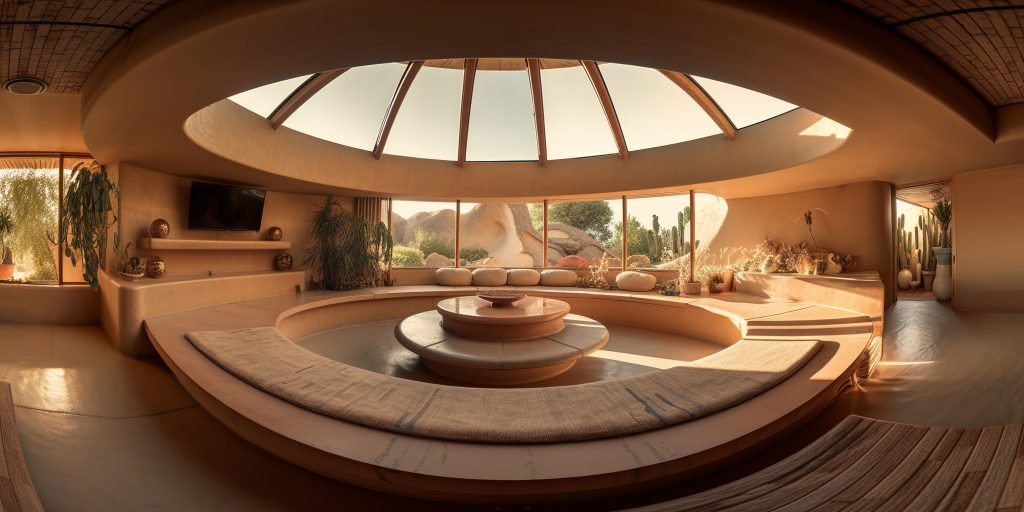
Master Real-Time Rendering and Interactive Experiences
Real-time rendering is another critical area for staying ahead in 3D product modeling. This technology allows businesses to create high-quality visualizations on the fly, making it ideal for applications like product design, virtual simulations, and gaming.
For instance, integrating real-time rendering into product design processes allows 3d product modeling company to create interactive prototypes that stakeholders can explore instantly. In e-commerce, businesses can showcase 3D models of their products in a virtual store, allowing customers to interact with items before making a purchase. Similarly, in industries like automotive and real estate, real-time rendering offers immersive experiences where users can explore 3D models in virtual or augmented environments.
Staying up to date with the latest real-time rendering engines, such as Unreal Engine and Unity, is essential for creating stunning visualizations and providing customers with interactive experiences. As 3D product modeling increasingly merges with AR and VR technologies, businesses should also focus on mastering these immersive platforms to stay competitive in the market.
Embrace Cloud-Based Collaboration
With the global nature of business today, collaborating on 3D product modeling projects often requires teams spread across different locations. Cloud-based platforms offer an excellent solution for real-time collaboration, allowing multiple team members to work on a single model simultaneously.
3d product modeling services like Autodesk Fusion 360, Sketchfab, and Blender Cloud enable businesses to share files, collaborate on designs, and make edits in real time. Cloud-based collaboration tools make it easier for teams to work together, regardless of their location, and ensure all stakeholders have access to the most up-to-date models.
Furthermore, cloud storage provides a scalable solution for managing large 3D files, making it easier to access and share models without running into technical limitations. By embracing cloud-based platforms, businesses can foster collaboration, streamline workflows, and accelerate the design process.

Keep Up with Industry-Specific Applications
One way to stay ahead in 3D product modeling is by keeping an eye on industry-specific applications and trends. Different industries—such as retail, automotive, real estate, and healthcare—are leveraging 3D product modeling in unique ways, and each requires specialized knowledge.
For example, in the automotive industry, 3D product modeling is used extensively for designing car components, simulating aerodynamics, and creating virtual crash tests. In healthcare, 3D models help in creating customized prosthetics, surgical planning, and patient-specific models for better treatment outcomes. Meanwhile, the real estate sector uses 3D product modeling for virtual property tours and architectural visualization.
By understanding the specific demands of your industry, you can tailor your 3D product modeling practices to provide greater value and stay ahead of competitors.
Invest in Skill Development and Training
Continuous learning is key to staying ahead in 3D product modeling. As technologies and techniques evolve, staying current with new tools, software, and methodologies is crucial for maintaining a competitive edge. Whether you’re a designer, engineer, or product manager, investing in skill development will keep you at the forefront of the industry.
There are many online resources, including courses and tutorials, that focus on advanced modeling techniques, new software tools, and industry-specific applications. Participating in workshops, webinars, and conferences also provides opportunities to learn from experts, exchange ideas, and network with others in the field.
Businesses should also consider offering training programs for their teams to ensure they’re up to date with the latest trends and tools in 3D product modeling.
Focus on Sustainability in 3D Product Modeling
Sustainability is becoming an increasingly important consideration in 3D product modeling. As companies focus on reducing their environmental footprint, virtual prototypes and simulations provide a sustainable alternative to traditional manufacturing. By creating virtual models, businesses can test designs without the need for physical prototypes, significantly reducing waste and material consumption.
Additionally, 3D product modeling can be used to optimize the use of materials in product design, ensuring that resources are used efficiently. As sustainability becomes a priority across industries, businesses that embrace environmentally friendly modeling practices will have a competitive advantage and align with global sustainability trends.
Keep Exploring New Applications
Lastly, to stay ahead in 3D product modeling, it’s essential to constantly explore new applications and innovations. As the technology continues to evolve, new opportunities emerge across a wide range of sectors. For example, 3D product modeling is increasingly being used in digital fashion, where designers can create virtual clothing and accessories before producing them physically. Similarly, the entertainment industry is exploring the use of 3D product modeling in film and TV production to create lifelike special effects.
By keeping an eye on emerging trends and experimenting with new uses of 3D product modeling, businesses can stay innovative and ahead of competitors.

Closing Thoughts on 3D Technology in Business
The future of 3D product modeling presents exciting opportunities for businesses across industries. As technology continues to evolve, businesses can expect enhanced precision, faster prototyping, and even more immersive customer experiences. With advancements like AI integration, real-time rendering, and augmented reality, 3D modeling will be at the heart of innovative design processes. Companies embracing these trends will not only stay ahead of the competition but also unlock new ways to engage customers, improve product development, and streamline production. The future is clear—3D product modeling is a powerful tool that will shape the business landscape for years to come.










